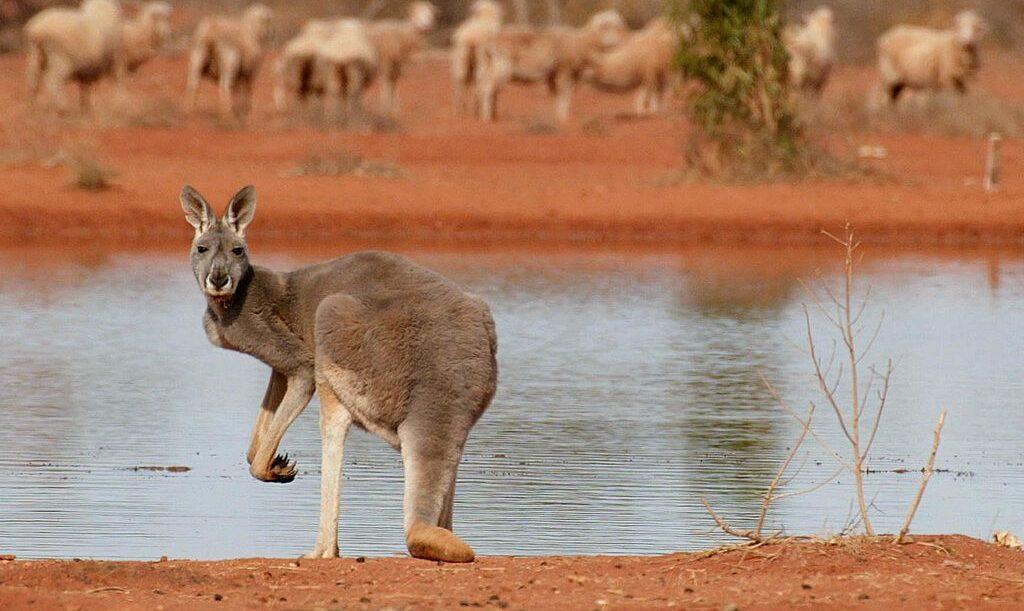Biologists would most likely say “no,” but one group of scientists believes otherwise.
Australia is known for its unique flora and fauna, and kangaroos are one of its amazingly unique animals.

Biologists would most likely say “no,” but one group of scientists believes otherwise.
Australia is known for its unique flora and fauna, and kangaroos are one of its amazingly unique animals.